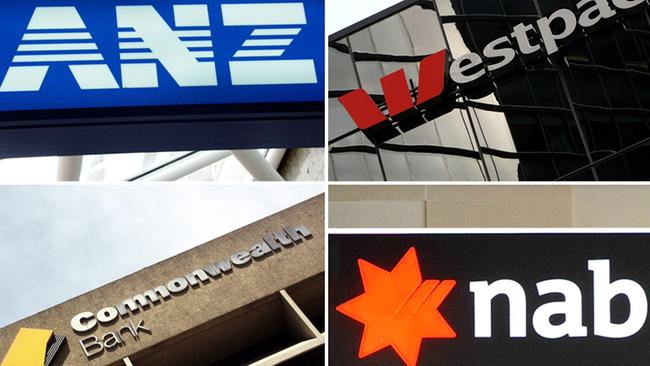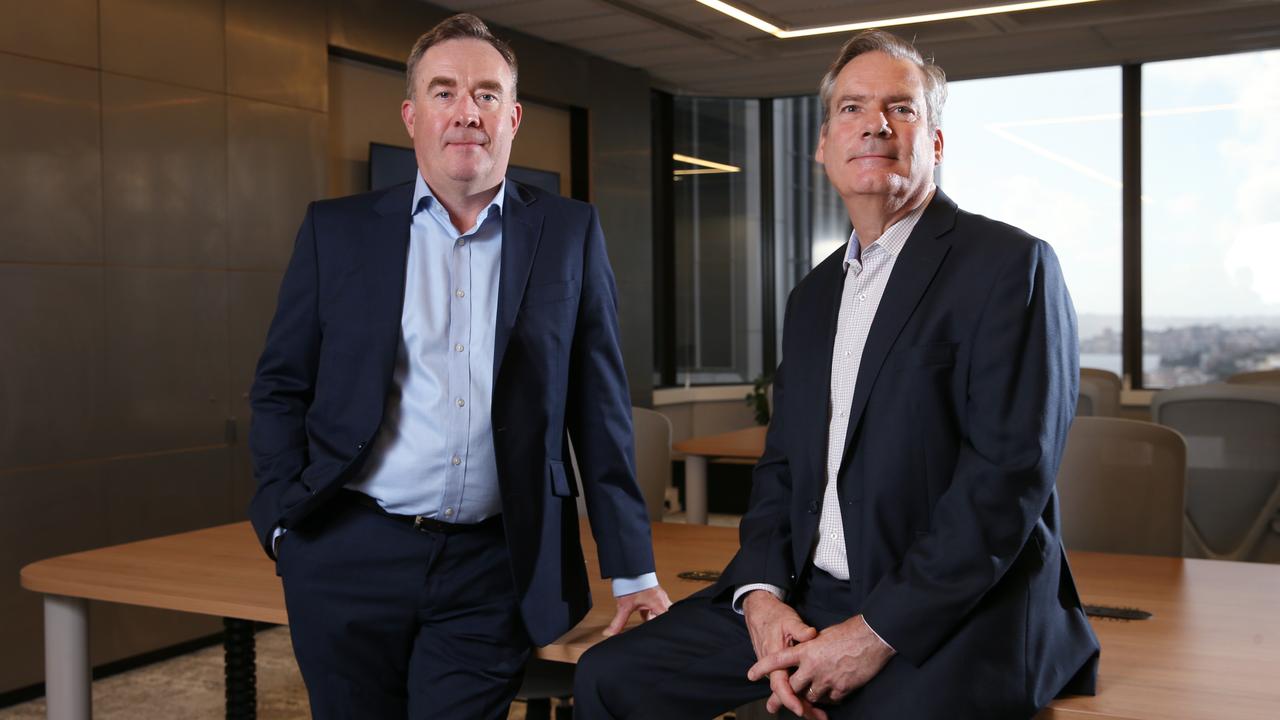Investors closely assess how banks navigate more challenging times
Fund managers are alert to movements in the major banks’ net interest margins and any fallout from a potential bad debt cycle in 2023.

Fund managers are alert to movements in the major banks’ net interest margins and any fallout from a looming bad debt cycle in 2023, as interest rate tightening continues and the economy slows.
Investors are closely assessing how banks navigate a more challenging climate this year, after the big four in 2022 reported a jump in combined profits to $28.5bn – the highest since 2018.
They benefited from an aggressive Reserve Bank rate hiking cycle which saw a 3 percentage point increase in the cash rate between May and the year’s end.
But with sharply higher interest rates, coupled with ballooning consumer prices, comes the prospect banks will see loan defaults and bad debts rise in 2023. That is exacerbated with lenders part way through refinancing $500bn in fixed-rate mortgages which will revert to higher variable rates.
Ethical Partners Funds Management investment director Nathan Parkin is watching for signs of a bad-debt cycle at the banks in 2023, although thinks it may slip into next year given consumer spending is holding up.
“It doesn’t feel like it will be any worse than any other (bad debt) cycle at this point. People are comparing things to the Global Financial Crisis but it just doesn’t feel like that because people are very aware of the risks,” he said.
“When you look at previous banking cycles before there was a sharp downturn, no one was talking about the risks. The difference today is everyone is talking about the risks. It’s all been discussed, a lot of it will be in the (share) price and the management teams are thinking about provisioning.
“Commonwealth Bank took a larger than warranted, you could say, provision (for expected bad debts) at the last update,” Mr Parkin told The Australian.
Opal Capital Management’s Omkar Joshi said the range of potential bad debt outcomes at the banks was “quite wide”.
“There could be a massive bad debt cycle by the end of the year, or it could be very muted. There’s a lot of uncertainty on how the next year plays out,” he added.

“As that (fixed-rate mortgage roll over) happens you assume it will apply a bit of pressure.
“Consumer (spending) trends and potential bad debts are definitely a key risk to the banks, but we haven’t really seen any spending slowdown yet.
“If we do start to see more of a slowdown obviously that increases the risk of bad debts. As it currently stands, things are still pretty good but, given what’s happened with rates, there is a bit of a lag in impact and that’s something to be watching this year.”
CBA chief executive Matt Comyn in November said a clearer reading on how rate hikes were hitting households and businesses would emerge in the June quarter.
Mr Parkin noted, though, even if official rates rose to 3.5 per cent about 20 per cent of borrowers who were ahead on their payments wouldn’t see a change in what they were paying, but they would be servicing greater levels of interest relative to the mortgage’s principal.
Analysts are also watching bad debts and monitoring tempering home loan volumes.
Morgan Stanley analysts last week cautioned mortgage lending was set to slow dramatically from 2022 levels and remain sluggish for two years, with regional lenders facing the largest drop. The analysts expect home lending across the major banks to fall from 5.1 per cent growth in the 2022 financial year to just 1.9 per cent and 1.2 per cent growth in the two following years respectively.
Mr Parkin doesn’t expect the mortgage slowdown will be as stark as the brokers at Morgan Stanley anticipate.
“There will be sources of new demand for housing like migration and government schemes and policies,” he said.
The NSW government is this month launching a shared-equity program to assist single parents, older singles, nurses, midwives, paramedics, teachers, childhood educators and police officers in buying a home.
Investors will get more information on mortgage demand when CBA reports first-half profits on February 15, while Bendigo and Adelaide Bank hands down its results five days later. Suncorp – which is hoping to sell its bank to ANZ – reports on February 8.
The other major banks rule off their first half on March 31. Bank margins have benefited from their passing on of rate hikes in full to borrowers, but holding back rises from savers.
Investors are watching net interest margins - a key profitability measure – closely again in 2023.
“It feels like the first-half 2023 results to March this year will be particularly strong and then you might not get it falling from here but it just won’t rise as much,” Mr Parkin said.
Mr Joshi said increased competition for deposits may weigh on bank margins.
“As rate hikes continue to come through, depositors will want more (interest) and there will be a bit more competition on that side,” he added. “If margins come away quickly then that’s going to be a bigger focus.”
On bank leadership succession planning, investors are looking for any clues and noted ANZ may move first given Shayne Elliott has been in the role seven years. It could happen in the next 12 months, Mr Parkin said. “It’s tough to say but they’d have to be at least considering that,” he said.





To join the conversation, please log in. Don't have an account? Register
Join the conversation, you are commenting as Logout